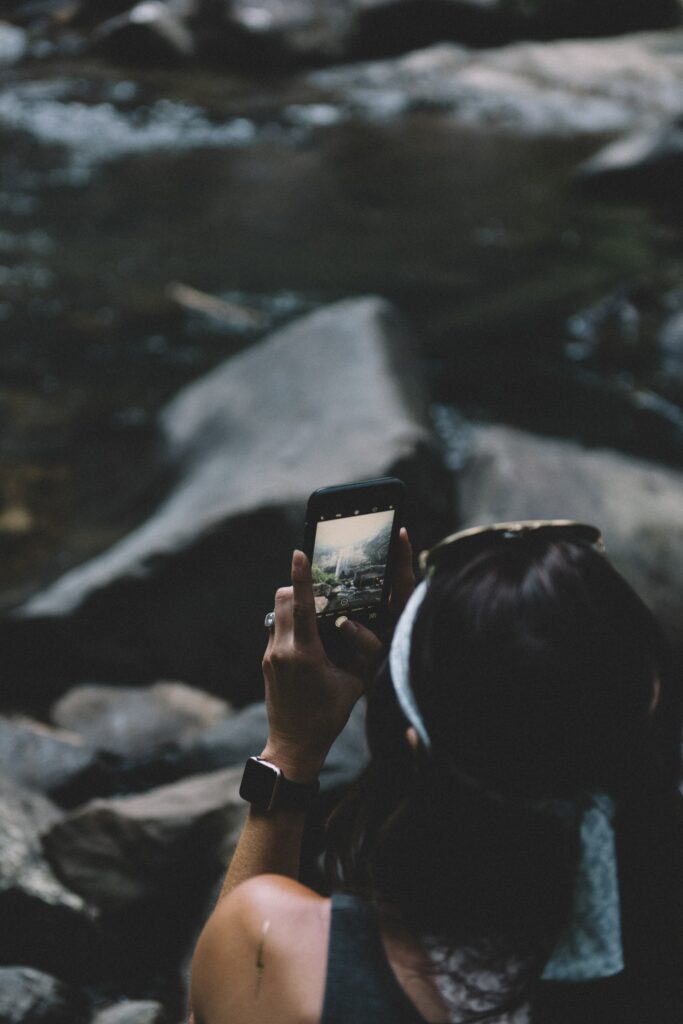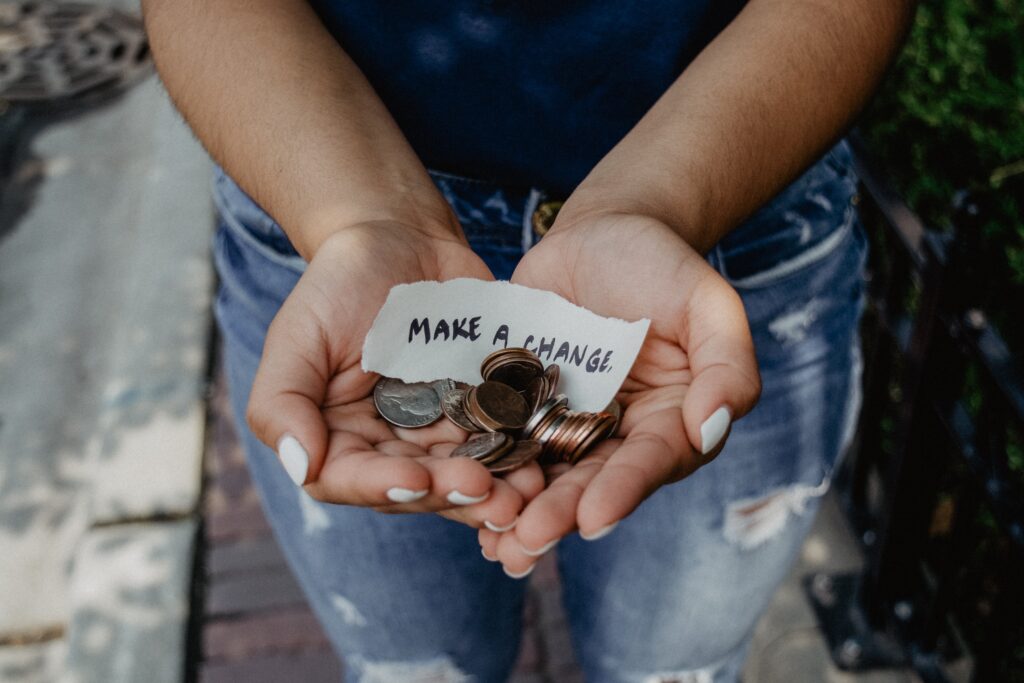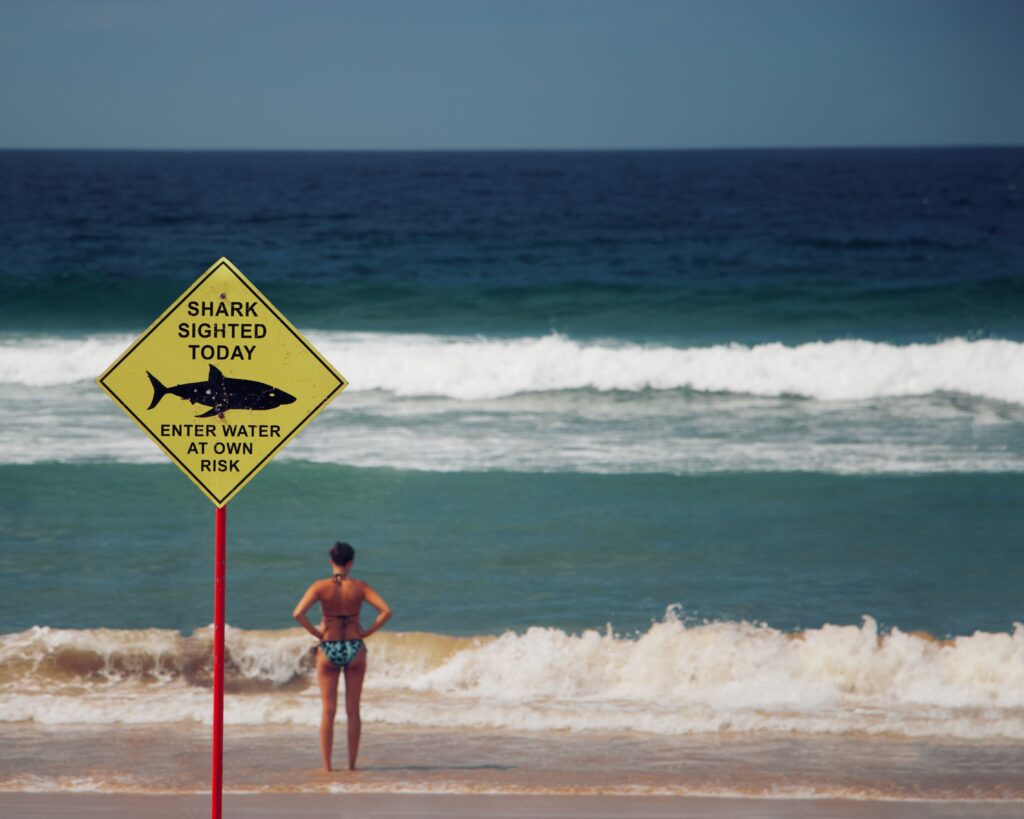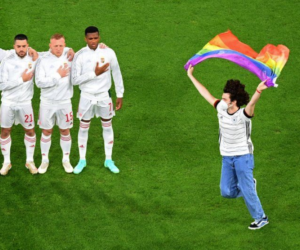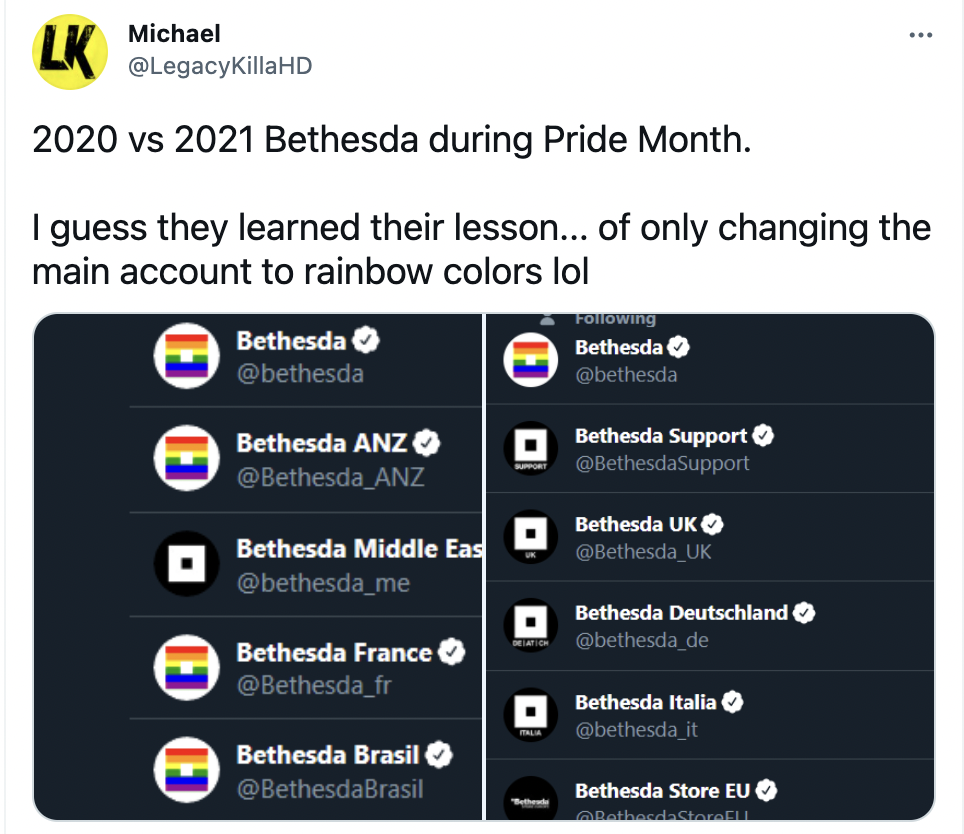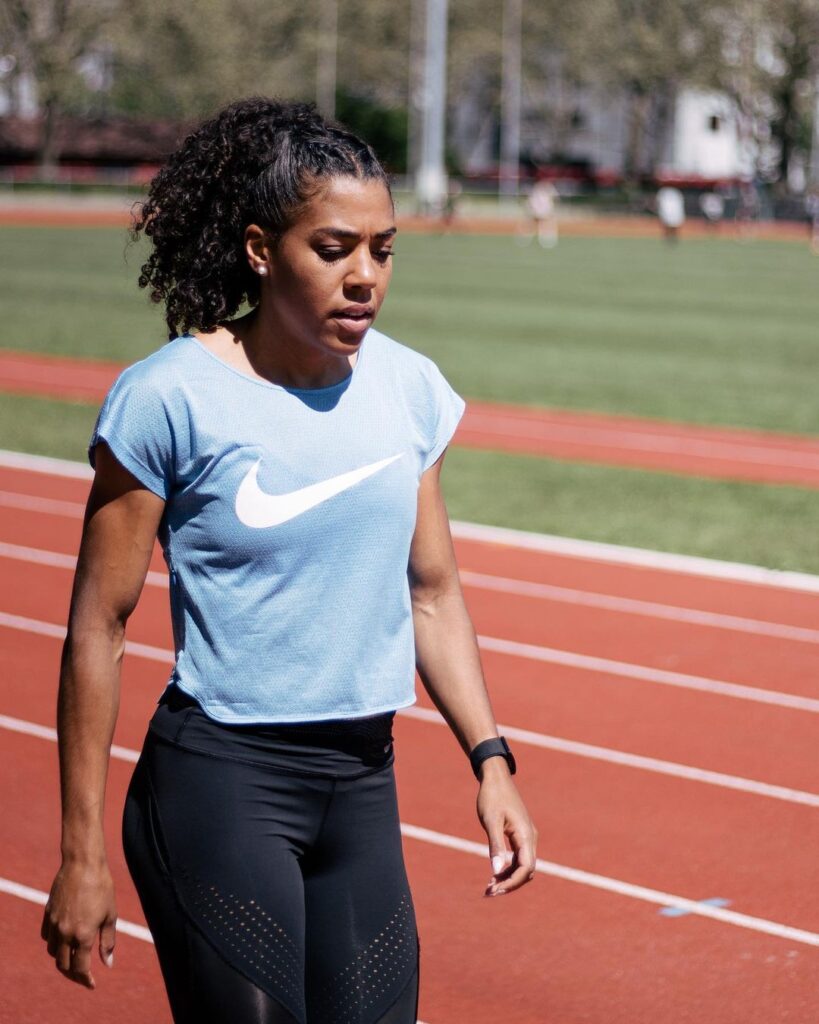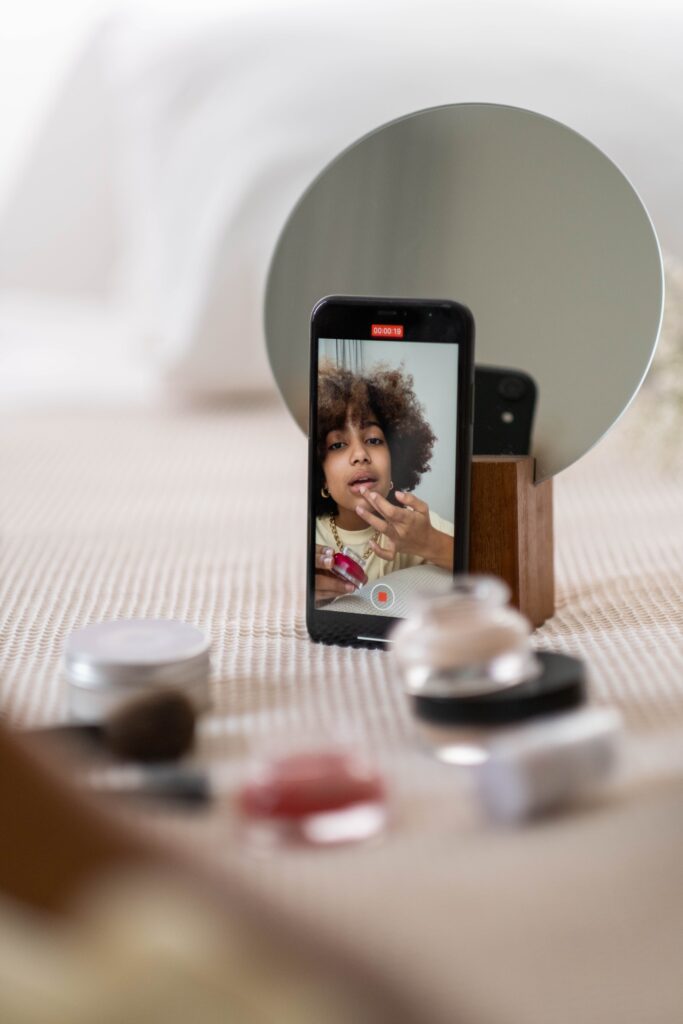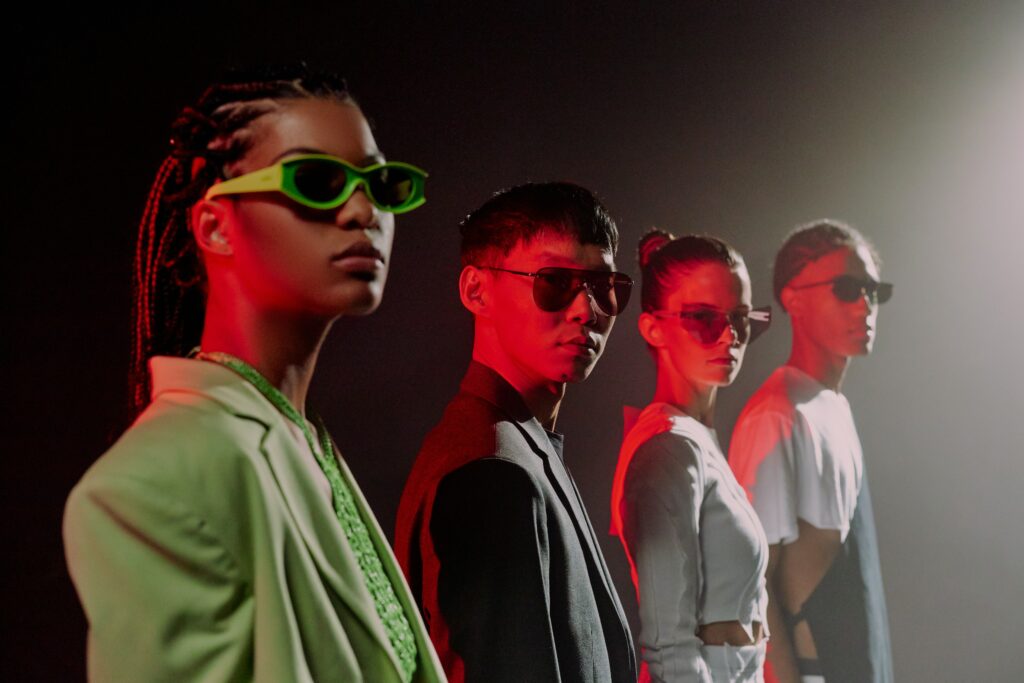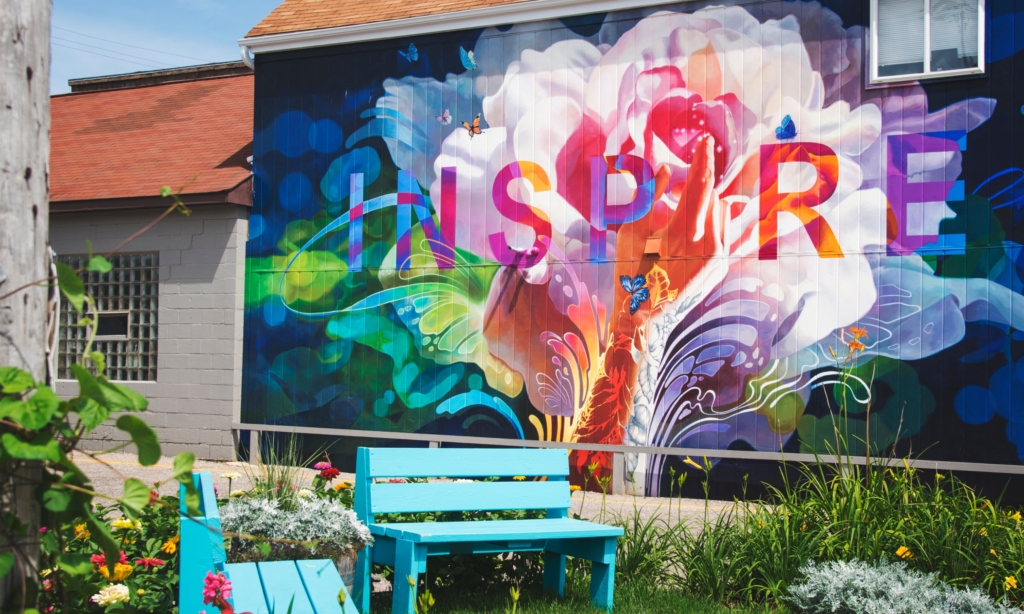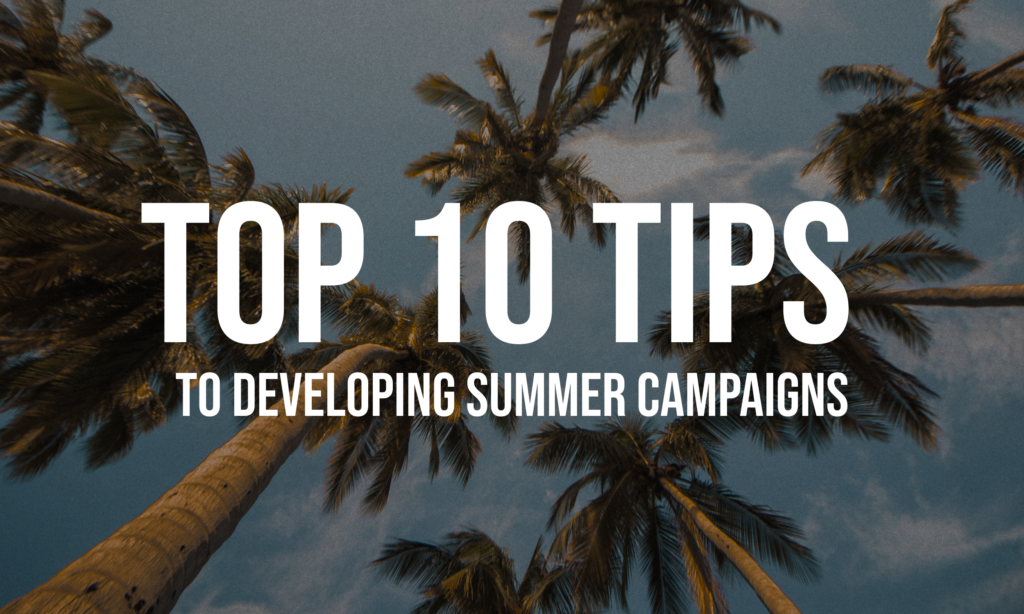A Story of How Omni-Channel Storytelling Makes Objectives Meet
The Myth of Storytelling
While the terminology may differ, storytelling is vital to both fiction and marketing. Successful brands tell stories across the digital ecosystem in a holistic manner, pulling their message together across channels and formats in a way that’s impactful and helps them get through to people and be more successful. Although the term storytelling is (over)used non stop in marketing circles, it sometimes feels like speaking of a mythical creature many talk about but few ever really see. One think we know is that stories work. People have been telling each other stories from before they even invented the words to shape them. Cut to modern times and marketing and the question is: so what is storytelling all about and how to do it effectively and efficiently in today’s omni-channel digital world?
All About the Hero
Great stories encourage the listener’s active imagination, prompting them to emotionally connect with the characters. In the case of brands, stories help consumers imagine their own experience wearing a pair of shoes, improving their health with plant-based foods, or enjoying a stay in a luxurious hotel. The Hero’s Journey is the foundation of many compelling stories and brands should view customers as heroes of their own story. When people do feel like the hero, even if briefly, empowered by your brand, a little bit of magic happens …
Brand perception, for one, is key to making sure people respect and trust your brand and ultimately buy it. With effective storytelling through mechanisms such as influencer marketing (IM), you can forge emotional connections and reinforce your desired positioning, driving revenue and strengthening consumer loyalty.
But it isn’t always easy to know where to start the journey. Social media is a great way to establish interaction and the perfect place to start or expand the journey. Effective use of this channel can enable you to change how consumers view your brand and broader issues surrounding it. That is one element of ‘social influence’. Often, brands are unaware of the influence they could generate through digital storytelling on social media and beyond. And the more this storytelling is incorporated across your marketing, communication and channel mix, the bigger the potential impact becomes.

But what are the secrets behind achieving good storytelling that captivates your audiences and how to make them the hero of the story?
Which Types of Heroes Do Your Clients Desire to Be?
A very important question is which types of heroes your target audience wants to be. Which superpowers would they wish they had that you can help them with? Whether they wanna have the perfect smile, a clean and safe home, or be taken on a culinary adventure, your clients look to you to make them the protagonist in small and big ways and moments. So how can you make it clear to people that you are the one that will do exactly that for them? How to make sure they tune into what you are saying and absorb your message? Your guessed it: with great storytelling.
In order to do great storytelling a few base pillars need to be kept in mind. These principles serve like the foundation to build upon, with the story itself being everything you build on top. But without a solid foundation whatever you build will either be unstable and thus not very credible or interesting, or simply collapse sooner or later. The four main pillars are purpose, emotion, relevance and continuity.
1. Purpose: Start With Mission and Vision
Start from your brand’s mission, vision, and values and make sure all marketing initiatives align consistently with these. Bring every story back to your purpose; why do you exist as a brand and what are you all about. By doing so consistently you create a common thread that allows people to get to know your brand better and get an idea of who you are and why they (should) like or even love you.
2. Emotion: Be Authentic and Forge Emotional Connection
When you say people you say emotion. Simple. Successful brands connect with consumers and create a relationship. Connection leads to short-term conversions, as well as long-term loyalty and even brand advocacy. The best way to stand out from the crowds and connect is with emotion, empathy, and authenticity. Brands can cultivate brand love by engaging in people-driven, creative, storytelling that unlocks emotion.
3. Relevance: Help Audiences See Themselves With You
Consider how your product or service impacts various members of your target audience and draw connections so your posts are relatable. The more your audiences can see themselves in the situations and contexts you describe in your stories, the more likely they are to connect and engage with your brand ad ultimately buy your products.
4. Continuity: Progress Over Time
Stories should progress over time, rather than pushing out multiple random posts, take the audience on an on-going journey that makes them want to see what you will do or bring next as a brand. Solid, ongoing storylines can captivate your audience, create engagement, and make them seek out what’s next.
Example – Corona Beer: The Swiss Limetrack
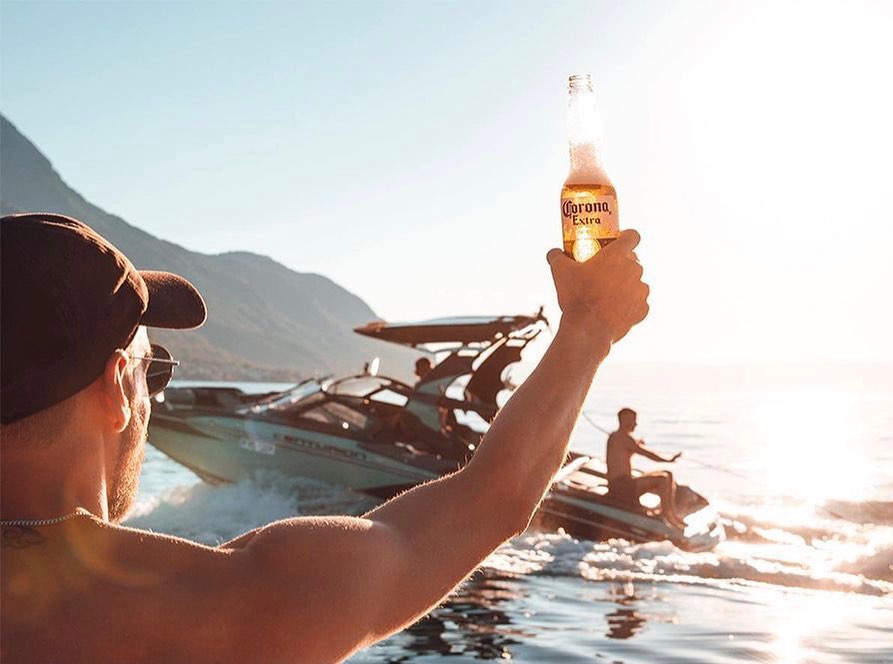
Some brands are more than a provider of products, they represent a lifestyle, a mindset, a philosophy. Corona is one of those exceptional brands with a powerful identity and strong message.
To strengthen its presence in the Swiss market, Corona engaged with Kingfluencers to create an influencer marketing campaign boosting local appeal and connecting to Swiss consumers on an emotional level.
Kingfluencers assembled an influencer team, The Limetrack squad, and built a sequence of creative activities and steps that allowed the influencers to tell a rich and captivating story over 3.5 months. Serving as protagonists, the Limetrack Squad took the audience on a magnificent summer journey, which included allowing every consumer to become the hero of their own story by following the influencer’s footsteps and giving away dozens of Corona kits via interactive challenges and contests – getting the winners ready to start their own adventures.
Picture: @matsview for the Corona campaign
Give Your Brand a Voice, Create Dialogue, Generate More Brand Love
Brands can boost their emotional appeal by engaging in people-driven, creative, storytelling and advertising that unlocks emotion. Leveraging brand advocates and influencer marketing to tell stories gives your brand a face that people can relate to and creates more emotional connections. Influencers can tell their own unique stories with emotion, giving products a face people can relate to.
What’s more is that social media and influencer marketing provide agile, real-time communication channels with consumers. Brands should engage with consumers and aim for effective two-way communication. You can turn storytelling from brand monologues into conversations by encouraging participation and interaction, as well as incorporating user-generated content. A great way to elevate and enrich your storytelling. Influencer marketing has excellent potential for interactive campaigns. The close connection influencers have with their communities is ideal for engaging audiences.
Whereas influencers are a great vehicle to lift your storytelling to the next level, it can help to include a variety of storytellers in the form of different people. While a brand’s marketing team must serve as the primary authors of the brand’s key messages, consider the important contributions of various storytellers, including employees, partners, and even consumers. According to the Swiss Influencer Marketing Report 2020, about half of the marketing managers surveyed estimate the return on investment of their influencer campaigns to date to be higher than with alternative forms of advertising.
Example – Various Storytellers Collaborate on the 1st Swiss Music Video Specifically for Tiktok
Building on themes of freshness and authenticity, Evian-Volvic Switzerland worked with Kingfluencers to leverage various storytellers to create the first Swiss music video specifically for TikTok. The video “Volli Kiste,” has received more than a million clicks as of 2 September. With tailored rap lyrics, it features a line-up of Swiss TikTok stars from dance and comedy, including Eastern Swiss comedian “Kiko.”
“Because the Volvic teas, unlike other tea-based soft drinks, are much more natural, have no additives and are much lower in sugar, authenticity was twice as important to us in this project,” said Nina Heller, Head of Marketing, Evian-Volvic. Kiko added, “The whole project has to be just as fresh as the Iced Tea: from the song to the video to the people… I see the project as a kind of cultural promotion with advertising.”
Omnichannel Storytelling: Be Smart, Consistent & Connect the Dots
Omnichannel storytelling is not without its dangers. A core principle is that the brand identity and messages should be consistent throughout your mix of channels, storytellers, and themes. Brands must make connections not only between channels, such as website and Instagram, but also stories. Even in separate posts, across different channels, your posts should function as ongoing conversations in a segmented but connected way.
Stories also reinforce your brand message, and research shows that keeping your brand message consistent across channels increases brand trust and purchase intention significantly. Content can be fine-tuned to better suit different channels but must still maintain an underlying core consistency.
Repurposing content is another way to connect the dots across channels. For example, you can take content created for one purpose, such as an influencer campaign, and revive it for a second lifecycle across various channels. Repurposing content not only helps achieve your goals of creating ongoing storylines, but also saves money.
Author: Megan Bozman, Owner @Boz Content Marketing















